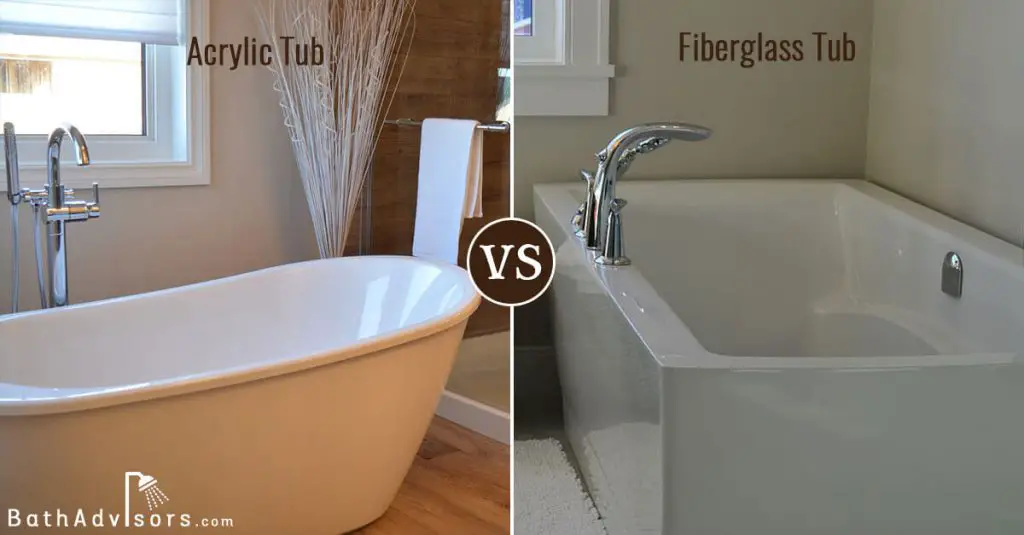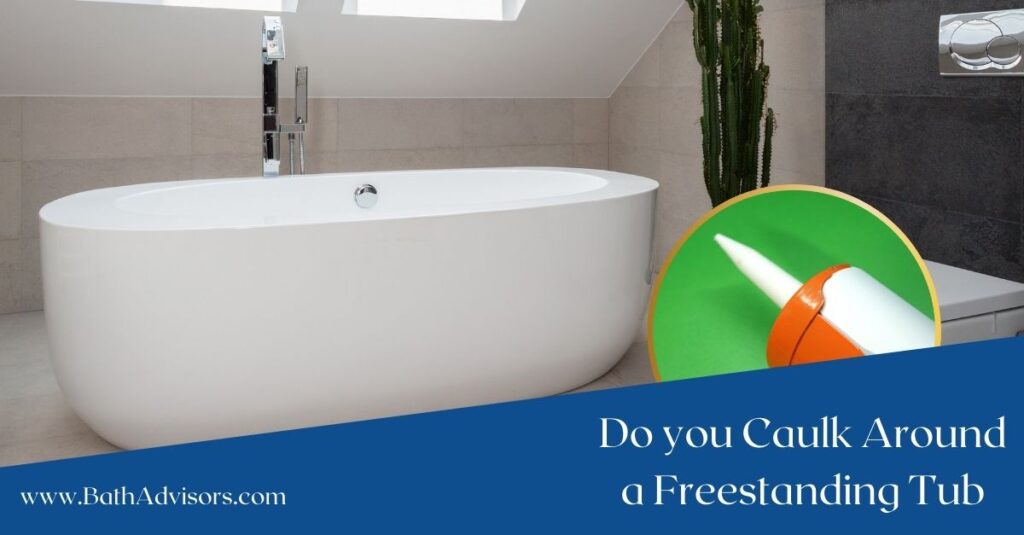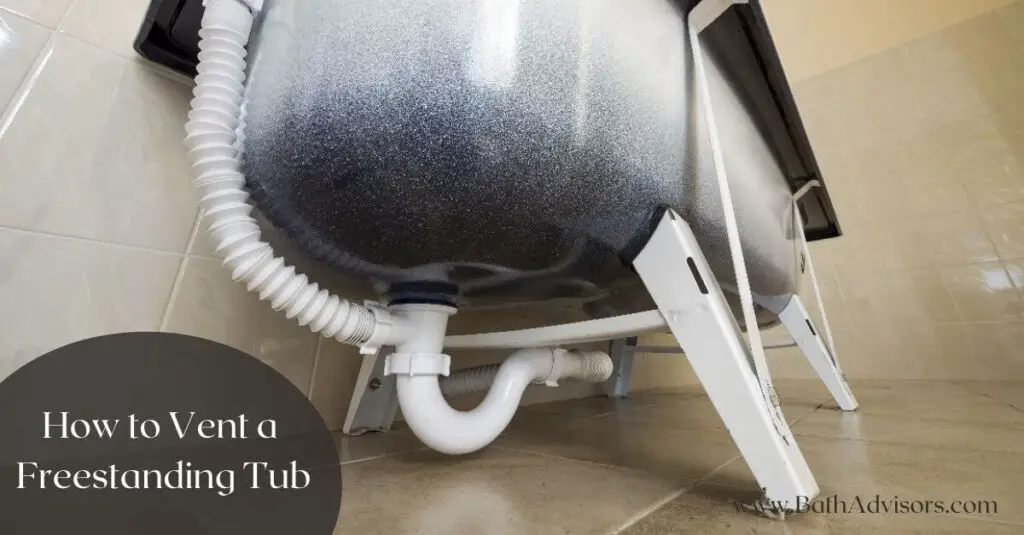Copper bathtubs are popular because copper baths look stunning and exude luxury, and many believe that copper has mineral and healing properties. But are copper baths any good? Is it worth the expense?
Copper tubs have excellent heat and conductivity properties, so you know you’re always going to get a nice, hot soak. Copper bathtubs are eco-friendly, durable, and can last for decades if properly maintained. However, copper bathtubs are expensive; a modest copper tub can cost you between $2500-$10,000 and sometimes even more depending on the size and style of the bathtub.

Read on to learn copper bathtub pros and cons so that you can figure out whether they complement your bathroom design and style.
What is a Copper Bathtub?
A copper bathtub is a bathtub made out of copper. Copper is a metal that is known for its metallic luster, strength, corrosion resistance, and ability to withstand high amounts of heat, making it an ideal material for bathtubs.
Types of Copper Bathtubs
There are many different types and styles of copper bathtubs on the market today. Here are some of the most popular types:
1. Copper Freestanding Tubs
Copper freestanding tubs are a beautiful addition to your bathroom. They offer a sleek look and come in a wide range of shapes and designs. These tubs come in either rectangular or oval shapes.
2. Copper Clawfoot Tubs

These tubs have a vintage appeal and are perfect for adding a touch of elegance to your bathroom. These tubs are supported by claw shaped feet.
Copper clawfoot tubs are typically made from recycled materials and feature intricate detailing that gives them a one-of-a-kind look.
3. Copper Pedestal Tubs
These tubs are supported by a pedestal, which gives them a sophisticated look. Pedestal tubs are not suitable for small bathrooms due to space issues.
4. Copper Japanese Soaking Tubs
These tubs are compact in size and are a perfect option for smaller bathrooms. Japanese soaking tubs come in either rectangular or oval shapes and have large water capacity due to their depth.
5. Faux Copper Tubs
Faux tubs are made out of acrylic and are designed to look like copper. They are not only more beautiful but are also more durable and less expensive than copper tubs. This material is also easier to clean and maintain, reducing the need for frequent cleaning.
Pros and Cons of Copper Bathtubs
If you’re considering a copper bathtub, there are several factors you should weigh before making your final decision.
Below, we’ll explore some of the copper bathtub pros and cons to help you make an informed choice.
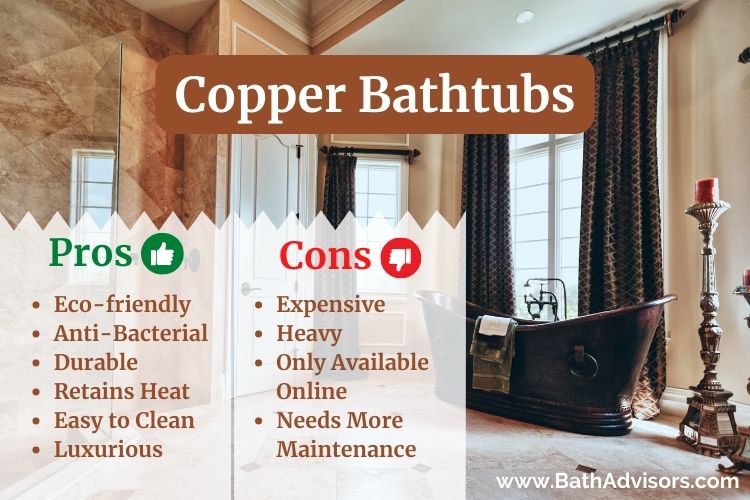
Benefits of Copper Bathtubs
Copper bathtubs come with several benefits. Here are some of the important ones:
1. Eco-friendly
Copper is a naturally occurring element and is a sustainable resource that can be recycled at the end of its lifespan, making it an eco-friendly choice for those who are interested in reducing their carbon footprint.
2. Anti-Bacterial
Copper is naturally anti-microbial and anti-bacterial. Copper naturally kills bacteria, so it is a great choice for people who are concerned about hygiene.
In addition, copper is resistant to mold and mildew, so it is a good choice for people with allergies or sensitivities.
3. Durable
Copper bathtubs are durable and can last for decades if maintained properly.
Copper bathtubs can easily last for 15 years or more, but in some cases, copper bathtubs can last even longer than 50 years, making the investment in a copper bathtub well worth it.
4. Luxurious
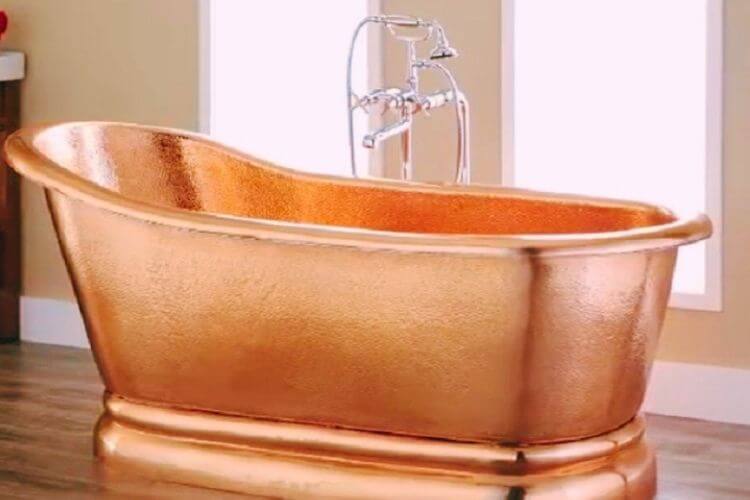
Copper bathtubs look very stylish, and elegant, and add a luxurious touch to your bathroom.
5. Heat Retention
Copper is a naturally warm metal, so it helps to keep your bathwater warm longer. Copper retains heat better than steel, so you can enjoy a longer, more relaxing bath.
6. Easy to Clean
Copper bathtubs are very easy to care for. They can be cleaned with any gentle cleaning product, and they do not require any special treatments or sealants.
Problems with Copper Bathtubs
Copper bathtubs have some major drawbacks. I have listed a few important ones below:
1. High Cost
Copper bathtubs are significantly more expensive than other types of tubs on the market, so they may not be the best option for those on a tight budget.
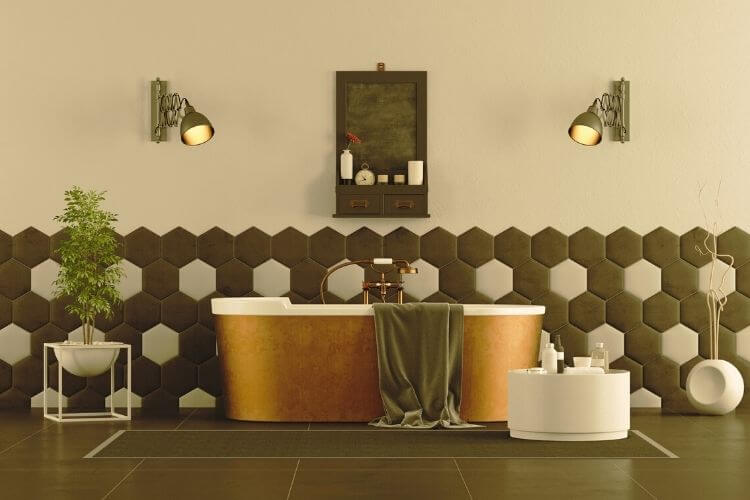
An average copper bathtub may cost between $2500 and $5000.
2. Not Sold in Offline Stores
Copper bathtubs are not sold commercially so you have to rely on online stores to buy them. This adds to the overall cost of the bathtub as you need to pay for shipping and handling charges as well.
3. Requires More Maintenance
Copper requires a lot more maintenance than other types of bathtubs.
You cannot use harsh chemicals or abrasive cleaners on copper bathtubs, so you have to be very careful about the type of products you use to clean and maintain them.
4. Need Professional Installation
Copper tubs are typically much heavier than other types of tubs, so they can only be installed by an experienced professional.
How to Clean and Maintain a Copper Bathtub?
Copper has been used in plumbing for centuries due to its durability and resistance to corrosion. Copper is also a beautiful metal that can give your bathroom an elegant look.
Copper bathtubs are becoming increasingly popular, but they require more care to keep them looking their best.
Here are some tips on how to clean and maintain a copper bathtub:
1. Use a Soft Cloth
Copper is a soft metal, so it scratches easily. To avoid scratching the surface of your tub, use only soft sponges or cloths when cleaning it. Never use abrasive cleaners or pads, as they will damage the finish.
2. Use Soap and Water
Wash your tub regularly with mild soap and water. Rinse it well and dry it with a soft cloth after each use. Periodically polish the tub with a quality metal polish to maintain its shine.
3. Use Vinegar
To remove stubborn stains, such as those from soap scum or mineral deposits, use a solution of vinegar and water.
Apply the solution to the stain with a soft cloth and scrub gently until the stain disappears. Rinse the area well with water and dry it with a soft cloth when you’re finished.
4. Use Lemon Juice
Lemon juice is a natural, inexpensive, and effective cleaner that you can use to clean copper bathtubs.
If your tub is starting to look dull, you can bring back its shine with a solution of lemon juice and water. Apply the solution to the surface with a soft cloth and buff it until the dullness disappears. Rinse well with water and dry thoroughly when you’re finished.
5. Use Bar Keeper’s Friend
If limescale gets deposited on your copper bathtub, you can remove stains using Bar Keeper’s Friend.
Bar Keeper’s Friend is mildly acidic, so you can remove stains on copper bathtubs.
6. Use Non-Toxic Bathroom Cleaner
Cleaning your copper bathtub with harsh chemicals is very harmful, so you should use non-toxic bathroom cleaners to clean your copper bathtub.
A non-toxic cleaner will not damage your copper bathtub, so you can use it to clean your bathtub without worrying about damaging it.
Copper Tub FAQs
Can you use Epsom Salt in a Copper Tub?
Epsom salt and bath salts are not suitable for copper tubs as they can potentially corrode and damage the tub’s surface.
Can you use Bath Bombs in a Copper Tub?
No, you should not use bath bombs in a copper tub as bath bombs are harsh for copper. Ingredients used in bath bombs can cause rust to form on copper bathtubs.
How Long do Copper Tubs Last?
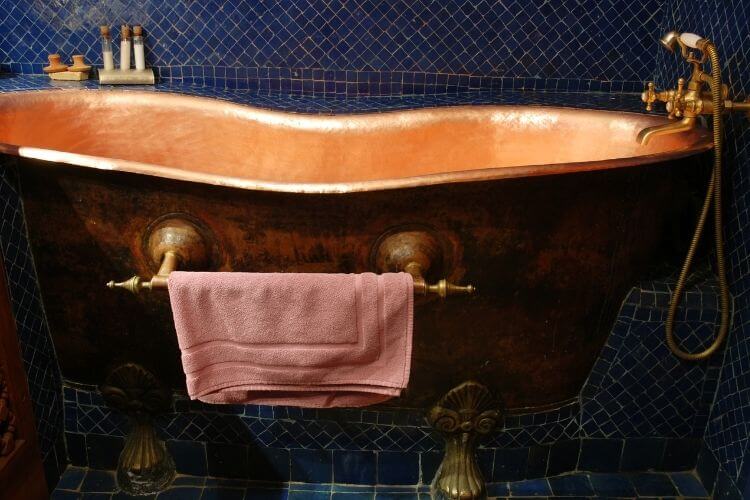
Copper tubs are 100% recyclable and can last indefinitely, as long as they are properly cared for.
Copper tubs will not rust or tarnish over time like other materials, and they are easy to keep clean with regular scrubbing.
Are Copper Bathtubs Healthy?
Copper tubs made from pure copper are healthy. They have several health benefits including:
Relieves Arthritis Pain: Copper has anti-inflammatory properties which help soothe joint pain, making copper bathtubs ideal for people who suffer from arthritis.
They are Antibacterial: Copper helps to speed up wound healing because of its antibacterial properties. These properties help to prevent infections from occurring and speed up the healing process of wounds.
Good for Skin: Bathing in a copper tub is good for the skin as it helps in moisturizing your skin. People having skin irritation can benefit from taking a bath in a copper tub.
How much does a Copper Bathtub Cost?
Copper bathtub price depends on the style and size of the bathtub. A small-sized bathtub can cost you around $2500 whereas a large sized copper bathtub can cost you around $10,000 or more depending on the features and brand of the bathtub.
Final Thoughts
So, are copper bathtubs worth it? Certainly, from a design standpoint, they look stunning and exude luxury. But they can be expensive, and the upkeep can be challenging. With all those pros and cons, copper tubs may not be for everyone.
Make sure you understand the pros and cons of copper bathtubs before you make your purchase.
Further Reading:

